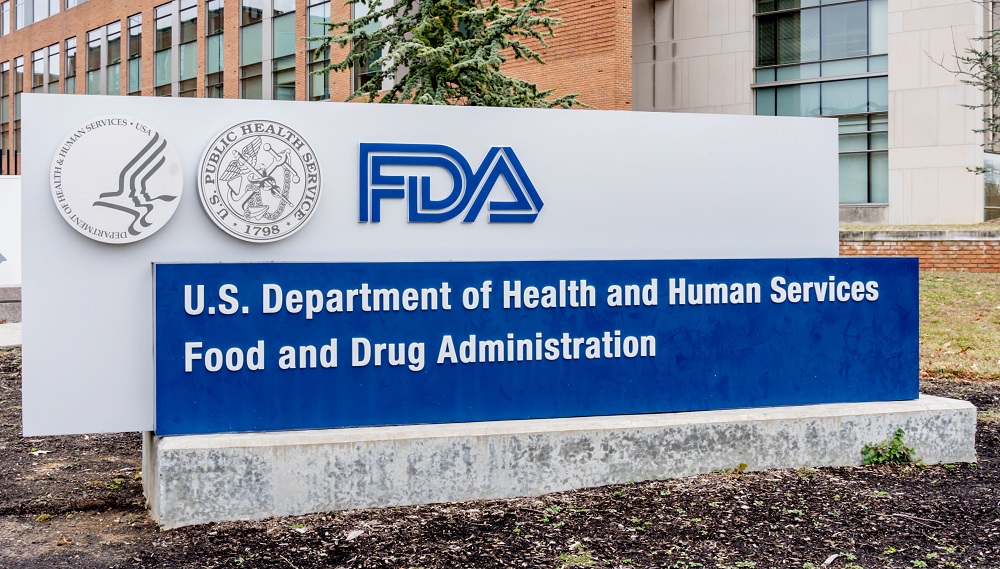
May 20, 2022 – Drug shortages pose a significant public health threat as they can delay, and in some cases, even deny critically needed care for patients. Over the past decade, the FDA’s efforts have contributed to fewer new drug shortages and reduced the time to resolve existing drug shortages. This is due, in part, to authorities the agency now has, including those added by the Food and Drug Administration Safety and Innovation Act.
But despite mitigating or preventing hundreds of new drug shortages, disruptions in the U.S. drug supply continue to occur due to drug quality problems, vulnerabilities in the global supply chain, unanticipated increases in demand, market withdrawals of drugs or natural disasters.
In 2019, in an effort to address the national drug shortage problem, the federal Drug Shortages Task Force released a report that called for the adoption of risk management plans to proactively assess risk and to predict and prevent supply disruptions that could potentially lead to a drug shortage. Then in 2020, Congress passed the CARES Act to require certain manufacturers to develop, maintain, and implement, as appropriate, risk management plans that identify and evaluate risks to a drug’s supply.
To further assist manufacturers with these requirements, the FDA is issuing a draft guidance, Risk Management Plans to Mitigate the Potential for Drug Shortages, intended to help with the development, maintenance and implementation of risk management plans.
The draft guidance describes a framework for stakeholders to consider when developing risk management plans that aligns with principles stated in the International Council for Harmonisation guidance for industry, Q9 Quality Risk Management, and identifies risk factors to consider when developing the content of risk management plans. The steps needed to reduce risks of a disruption in drug supply may vary among the different manufacturers in the supply chain for a given drug.
The latest draft guidance is an important step in what the nation needs to achieve an increasingly secure and resilient drug supply. For Americans to have access to an uninterrupted supply of safe, effective and high-quality drugs, all entities involved in the manufacture of a drug should take every step available to reduce risks and threats to the drug supply chain. Risk management plans can serve as a safeguard, helping manufacturers prepare for and respond to hazards that could lead to drug supply disruptions and shortages.
